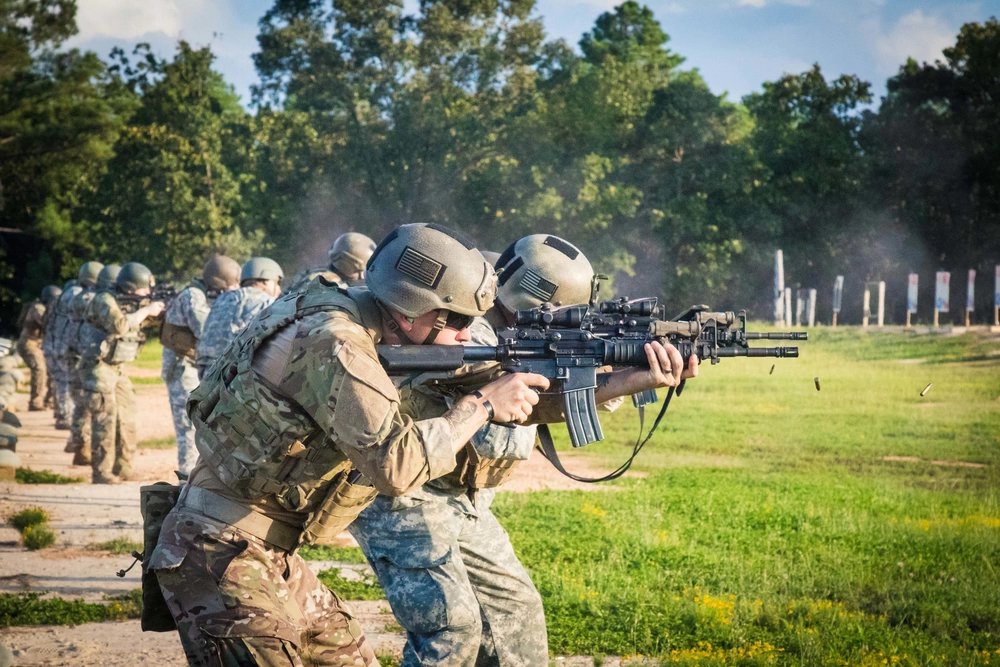

For years, military sharpshooting instructors taught their students to close their non-dominant eye as a fundamental of shooting. The idea behind this practice is to lower the activity of the half of the brain that isn’t technically being used, freeing it from distractions. Over the years, well-practiced shooters have determined that closing one eye helps you line up your target more easily. So, why you should shoot with both eyes open?
Former Army Green Beret Karl Erickson will break down for you.
Related: This MARSOC recruiting video looks like a Hollywood movie
When a hectic situation arises, and you need to draw your weapon, you’re going to experience physical and physiological changes. Most noticeably, the gun operator’s adrenaline will kick up, prompting the “fight or flight” response.
During this response, the body’s sympathetic nervous system releases norepinephrine and adrenaline from the adrenal glands, which are located right above your kidneys, as shown in the picture below.

Once these naturally produced chemicals surge through your bloodstream, your heart rate increases and your eyes dilate and widen.
These physical changes occur because the human brain is screaming to collect as much information as possible. When these events take place, it becomes much more challenging for the shooter to keep their non-dominant eye closed.
Thoughtfully attempting to keep that non-dominant eye shut can potentially derail the shooter’s concentration, which can result in a missed opportunity for a righteous kill shot.
Also Read: How to kick in a door like a Special Forces operator
So, how do we practice shooting with both eyes open?
When using shooting glasses, spread a coat of chapstick across the lens of the non-dominant eye. This will blur the image and help retrain the brain to focus a single eye on the target, and, over time, will eventually lead to good muscle memory.
Check out Tactical Rifleman’s video below to learn the technique directly from a Green Beret badass.

(Tactical Rifleman | YouTube)
